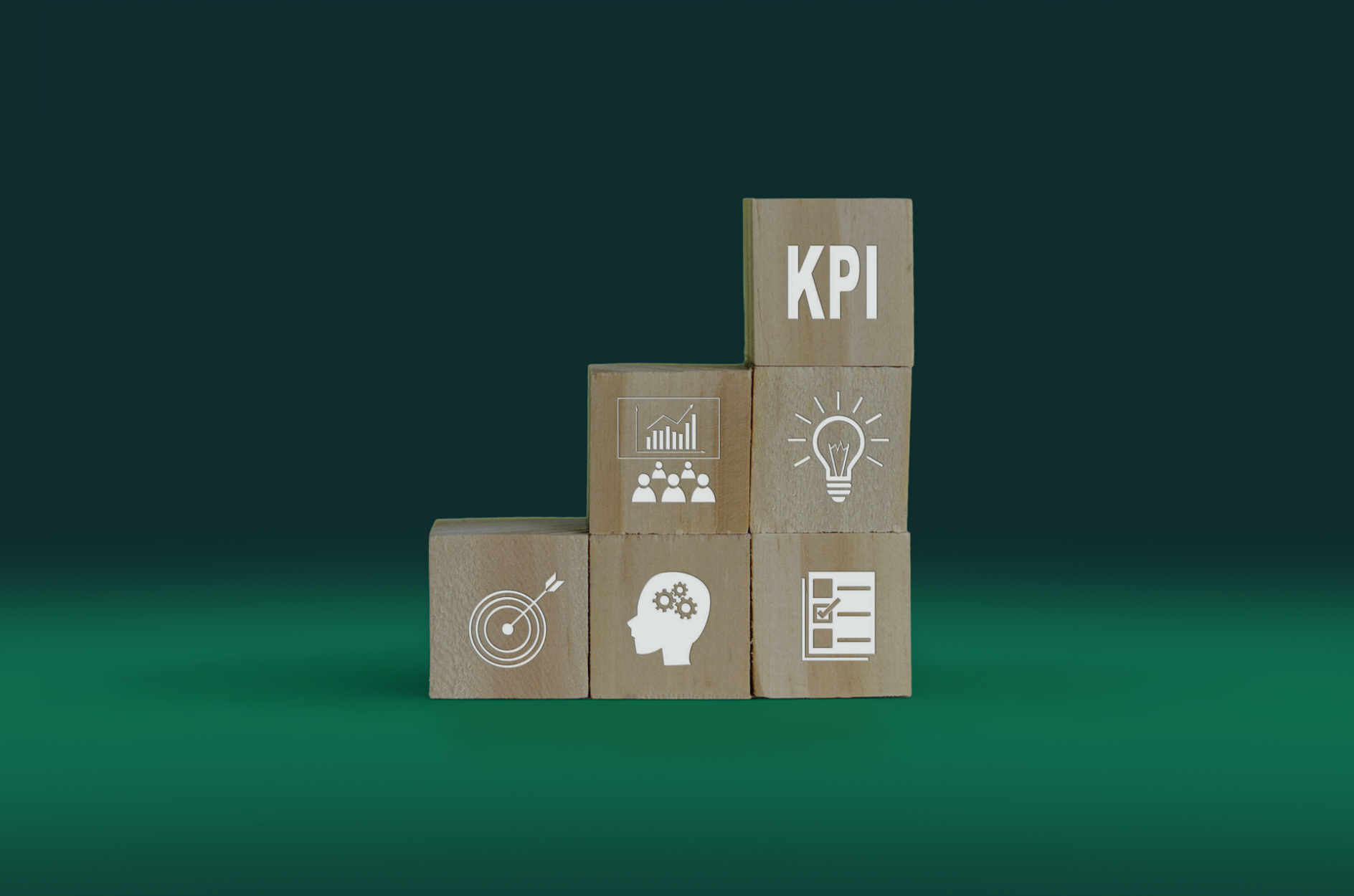Many organizations measure plenty, yet learn little. Key Performance Indicators are the small set of measures that express strategic progress. When they are chosen well and governed with discipline, dashboards become decision tools, not data wallpaper.
What a KPI is, and Is Not
A KPI is a selective measure that tracks progress on a critical objective. It connects directly to strategy, outcomes, and long-term sustainability. Activity counts and convenience metrics support operations, but they are not KPIs unless they influence strategic results.
Anchor KPIs in Key Processes
Identify the processes that generate value and drive strategy, and derive KPIs from them. Measures grounded in actual workflows reveal where performance is created, constrained, or lost. Designing KPIs from core processes prevents the common pitfall of measuring what’s easy to count instead of what truly matters.
Build Dashboards That Drive Decisions
An effective dashboard presents a concise view of performance indicators across priority areas, with clear targets, thresholds, and trends. It allows leaders to grasp the status at a glance and explore root drivers when needed. Timeliness, comparability, and context matter more than volume.
Governance With Clarity and Consistency
Each KPI requires a clear definition, a target, and a single accountable owner. Specify data sources, calculation rules, and responsibilities. Establish a review rhythm that matches the pace of the process—daily for fast cycles, monthly or quarterly for slower ones. Distinguish leading indicators that predict performance from lagging indicators that confirm it. Retire or redesign metrics that no longer influence decisions.
Practical Actions
- Link every KPI to a specific strategic objective.
- Define owners, targets, thresholds, and data sources.
- Separate leading indicators from lagging indicators.
- Limit the dashboard to measures leaders will act on.
- Set a review cadence that matches the process.
- Provide drill-downs to root causes, not more surface numbers.
- Retire or redesign metrics that do not change decisions.
When KPIs are tied to strategy, grounded in key processes, and managed with rigor, measurement becomes true management. Proven practices are standardized, gaps are addressed, and scaling occurs responsibly. Capabilities are built before expectations rise, outcomes are measured consistently, and learning is refined through disciplined iteration.







